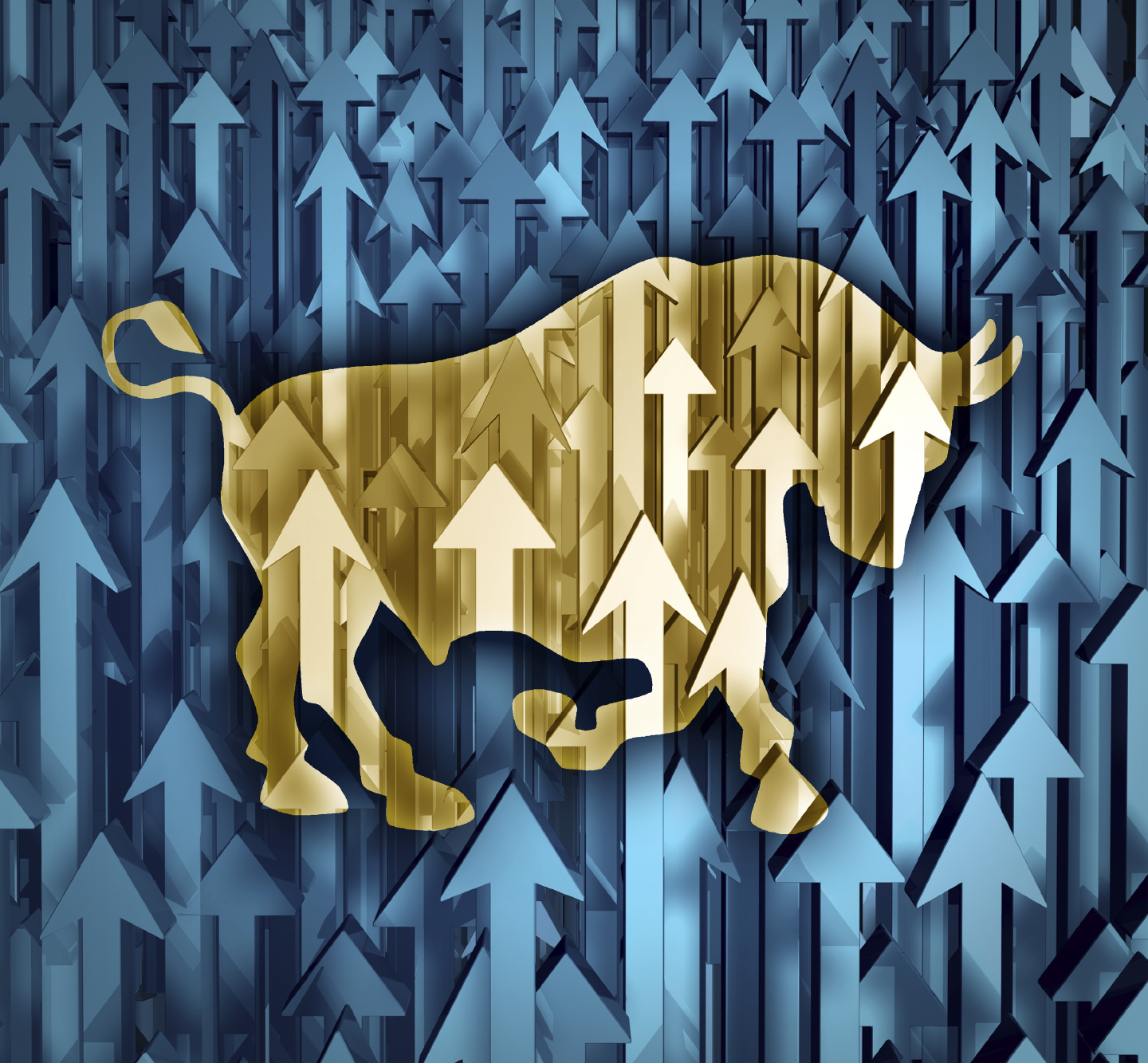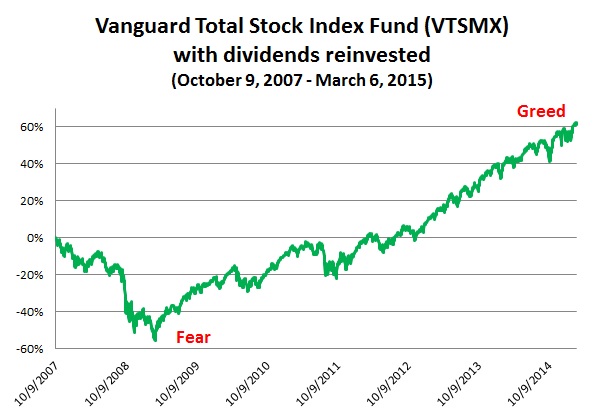AARP Hearing Center
6 Lessons From the 6-Year-Old Bull Market
By Allan Roth, March 9, 2015 05:00 AM
Six years ago today, the Standard & Poor’s 500 Index closed at 676.5, which represented a 56 percent decline in less than 18 months. Many a shell-shocked pundit predicted then that the bloodbath was not over, such as this article warning that it would take eight years to recover, possibly longer. Harry Dent’s book The Great Depression Ahead was a best-seller, GM was flirting with bankruptcy, and cash was viewed as the only safe haven. It was a very scary time, and many believed capitalism had failed. It was a new paradigm.

Fast-forward six years and, as of last Friday, the S&P 500 closed at 2,071. Capitalism somehow managed to survive. Because, just as the collective fear was reaching its fevered pitch, an unexpectedly strong bull market began. You may already know that chain of events, but here are a couple of things you may not realize:
- While the S&P 500 gained 206 percent from the bottom, the U.S. stock market (measured by a total stock index fund) actually gained 257 percent, since this includes dividends and all stocks, rather than mostly just the 500 largest companies. That’s an annualized return of 23.6 percent.

- If you had awful market timing and put $10,000 into the total stock index fund shown in the graph on Oct. 9, 2007 (the day the market peaked), and did nothing other than let dividends reinvest, you’d have about $15,907 today. That’s an annualized return of 6.5 percent.
Much like anybody else in March 2009, I was feeling the pain. Despite the bravado I was trying so hard to muster in this video, filmed two trading days before the market bottomed, my inner voice was saying, “Please, please, please let me be right.” Though I didn’t know the great bull was about to begin, I did know stocks were on sale and few were buying.
But here are six things I knew then, and which are still important today, that may help you grow and protect your portfolio.
- Time in the market is far more important than timing the market.
- Believing in new paradigms will rob you blind.
- Neither good nor bad times last forever.
- Markets tend to do better when fear is rampant and worse when greed is abundant.
- Capitalism works and probably will continue to reward smart risks.
- It is human to buy high and sell low. Fear and greed drive our bad behavior.
What this means is that the odds are very low that stocks will gain another 257 percent over the next six years. These good times won’t last forever, just like the bad times of six years ago didn’t. I assure you this isn’t a new paradigm, and the ever-capricious market will dive again. So it’s important to not underestimate the pain you will feel when it does. Consider taking some risk off the table, and don’t discount boring bonds or CDs. Sticking to an asset allocation forced me to buy stock funds in 2009 and sell now. It may go against the herd, it may hurt like heck, but it also tends to grow the nest egg in the long run.
Photo: iStock / WildPixil































































